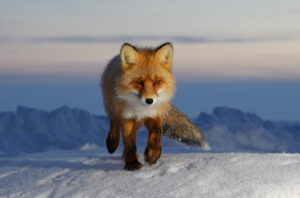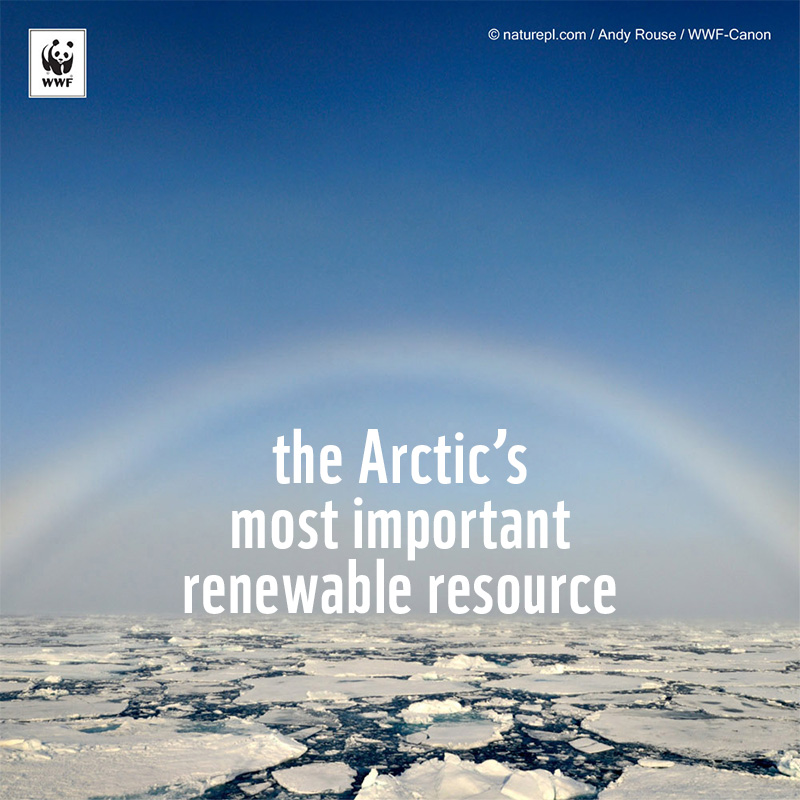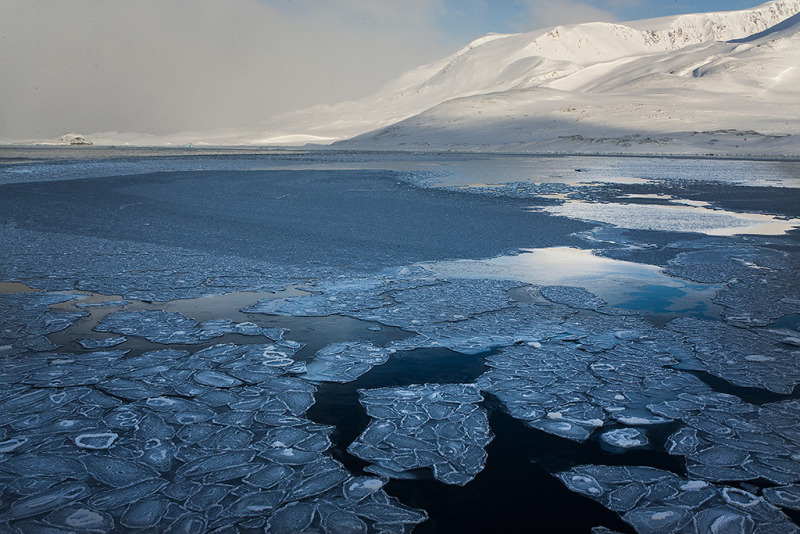Roderick Phillip, is the Environmental Director of the Tribal government of Kongiganak, Alaska. Santina Gay is the Alaska Tribal Coordinator with the US Environmental Protection Agency. This article originally appeared in The Circle 01.15.
The remote northern village of Kongiganak, Alaska found itself in a potentially life-threatening predicament when the winter barge carrying the village’s winter fuel supply got stuck in the ice due to an early freeze up in October 2014. Santina Gay and Roderick Phillips say the incident underscores how important it is for the village to continue to be proactive in using alternative energy to lessen its dependence on fossil fuels.
Kongiganak is a small village of just over 400 people hundreds of kilometres east of Anchorage at the mouth of the Kuskokwim River. When the winter fuel shipment from Northstar Gas became icebound, community members rallied and headed out in their small aluminum fishing boats to create a path for the fuel barge. After several days of chipping away ice that was often three inches thick, the barge finally made it to the pumping station to deliver and secure the village’s supply of heating fuel and gasoline.
The village sits on coastal tundra, connected to a beautiful labyrinth of lakes, rivers, and streams. A boardwalk runs along the Kongiganak River and through the community, making it easy to get around quickly by foot or ATV. Like many Alaska Native Villages, Kongiganak is a fly- or boat-in only community. Access is primarily through small aircraft which greatly inhibits frequency, duration, and ability to get in and out. Weather and increased risk factors also have a major effect on travel within Alaska.
The cost of living for items like groceries, fuel and energy can be five times higher than those in urban areas. This extreme cost paired with poverty and high unemployment makes maintaining a life in rural Alaska much more difficult than in a city. This is why it is very important for the villages to harvest from the land and waters throughout the year to secure their winter food supply.
Kongiganak has built a robust environmental program that protects the living lands, waters, and air. The importance of subsistence foods is vital to the Native Village of Kongiganak. For Alaskan Natives, harvesting and eating subsistence foods is essential to personal, social, and cultural identity. For this reason, we need to do all we can to preserve our land and keep our land, water, and air contaminant free so our ecosystem will keep producing subsistence foods for future generations.
Kongiganak has five, 95 kilowatt Windmatic wind turbines that have been in place since 2013. The turbines now heat 20 homes and a laundromat in the village. Diesel fuel savings already stand at 33,000 gallons annually. The priorities for the wind turbine energy are to lower diesel engine use; heat the boiler in the power plant and heat 20 homes through electronic thermal stoves (ETS). The Tribal Government has also partnered with three other villages—Kwigillingok, Tuntutuliak, and Kipnuk—to create Chaninik Wind Group (CWG) in 2005. Their goal was to install wind turbines to lower the cost of energy (heat and electricity). The wind turbine project was completed in December 2012 with oil stoves off and thermal stoves on in 20 residential homes. The average price is $0.65/kilowatt.
When the winds are blowing, the power plant is only burning five gallons per hour (gph) compared to 13-15/gph when the wind is not blowing. The boiler acts like a shock absorber for the wind gust which creates a boost of energy to the power plant and keeps the generator engines at stable revolutions per minute (rpm). The coolant from the boiler also keeps the engines warm enough to run at a minimum rpm. Once this is achieved at the power plant, extra energy goes to the electronic thermal stoves (ETS) which provide enough heat to keep entire houses warm and allows the homeowners to turn off their oil stoves. The cost of electricity for the ETS units is $0.10/kw which is equivalent to $2.90/gallon of diesel heating fuel. The cost of diesel heating fuel in Kongiganak is $6.91/gallon at the gas station.
The Tribal government of Kongiganak’s strides in alternative energy are putting the small fishing community on the cutting edge of community-led climate resiliency efforts in Alaska.




